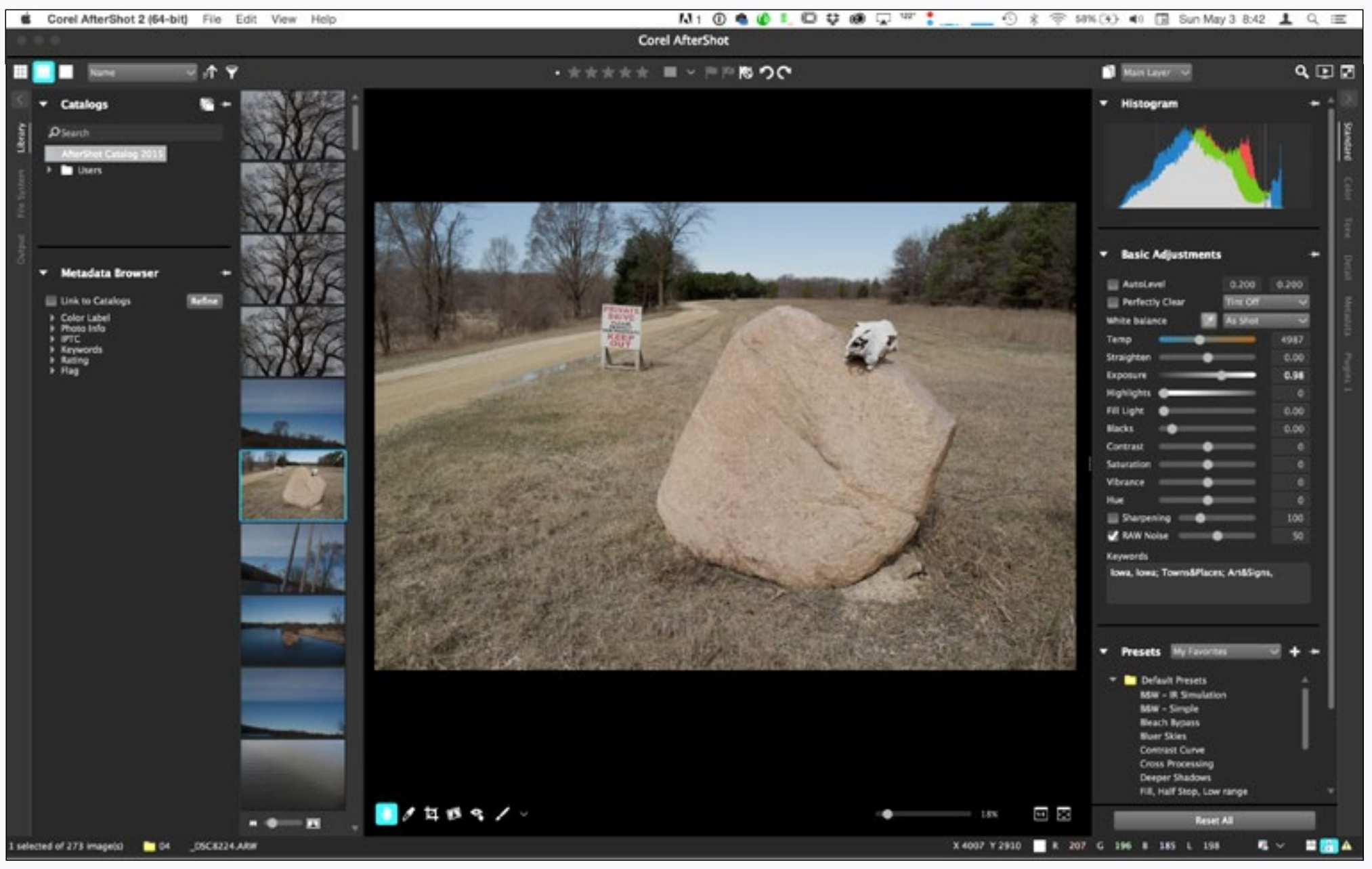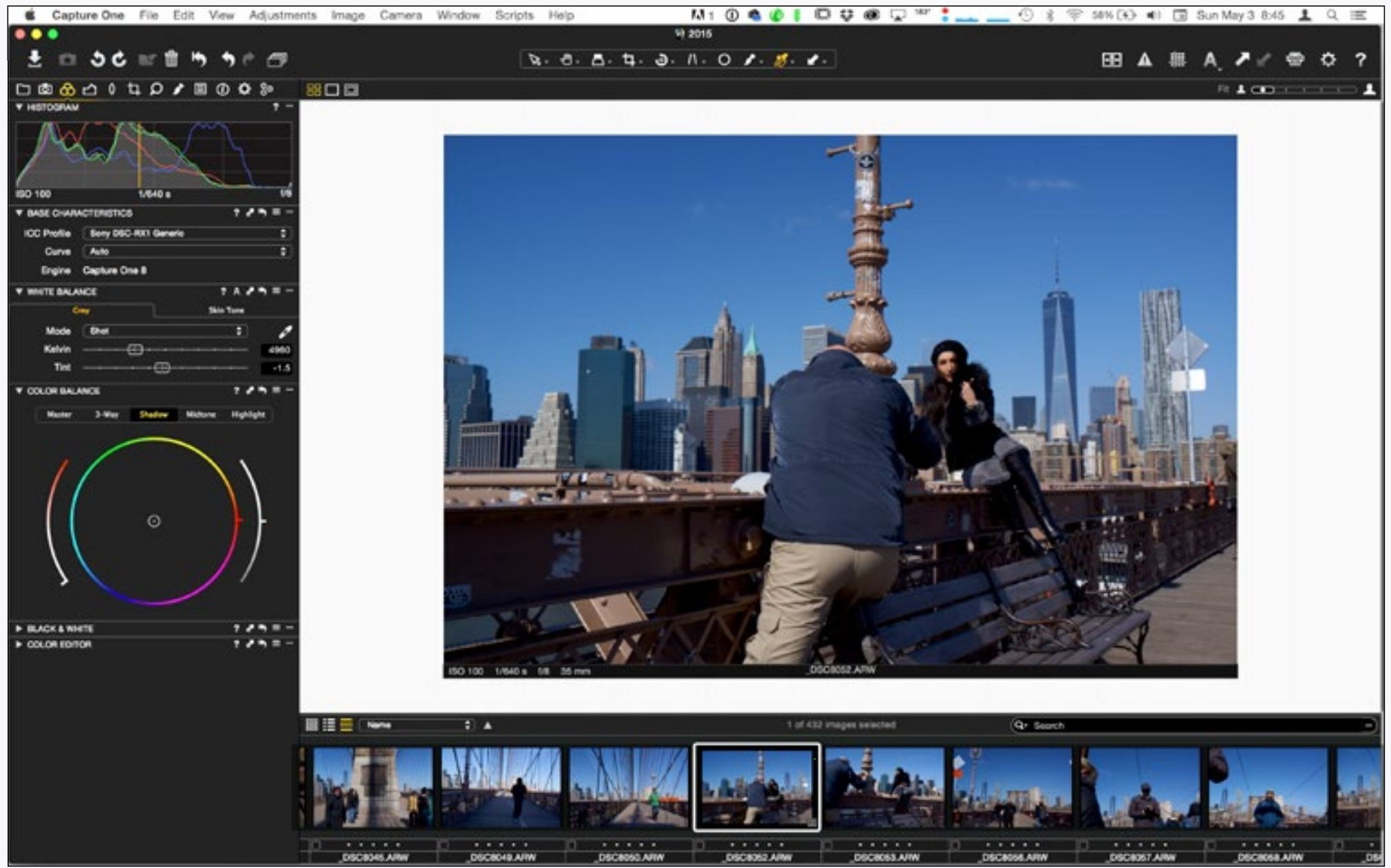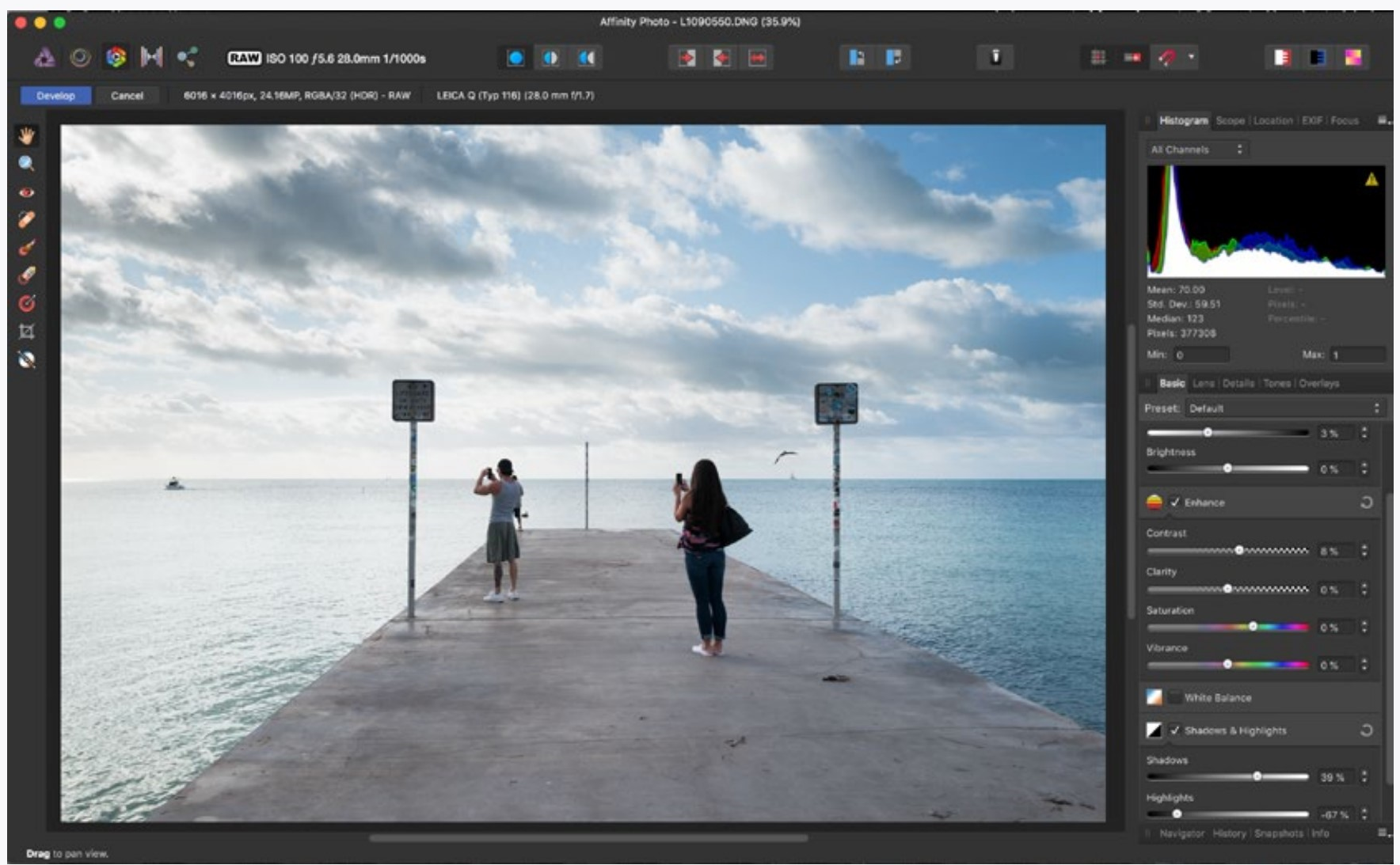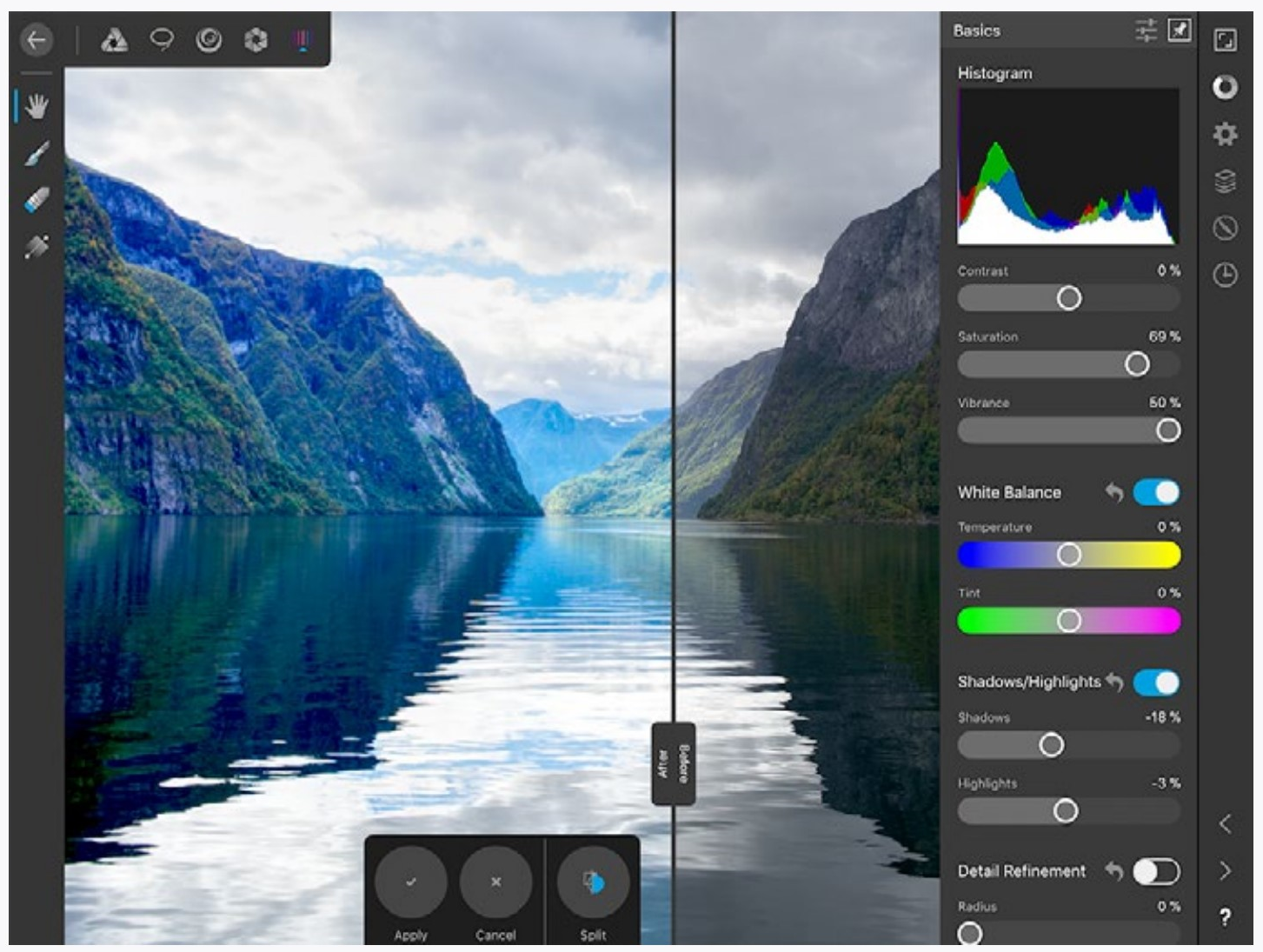9.2: 9CR CATALOGING APPLICATIONS
- Page ID
- 92242
|
Corel Aftershot |
|
Phase One Capture One Pro |
CATALOGUE APPLICATIONS
Although Lightroom is a very good cataloging (DAM or Digital Assets Management) application, there may be reasons to use another instead or in addition to it.
Adobe Bridge
A very light cataloging program. Very good at quickly assessing and editing batches of images.
Apple Photos
Very easy and nicely designed, without much versatility (no local adjustments, limited lens correction). Integrates extremely well with other Apple devices.
Capture One Pro
Best at image editing, with strong local controls. I have found it not great at cataloging many images unless they are broken into smaller sets, but my cataloging experience with it has been minimal.
Corel Aftershot
Very much like Lightroom, but cheaper and not quite as versatile, but may do everything a person needs it to do.
Camera Manufacture Applications
These range from not-so-great to worse, but sometimes include special features, such as good tethered shooting (viewing and shooting from a connected computer).
Others
There are other catalogue applications you can easily find on the web, such as Alien Skin’s Exposure. Most programs have free trial versions you can use for a month. RawTherapee and Darktable are open-source and free. There are also web-centric image cataloging methods such as Flickr and Google Photos.
Lightroom
Lightroom comes in two different versions (Lightroom CC and Lightroom CC Classic). These pages have covered the Classic version.
The non-classic Lightroom is striped down and has a ‘groovier’ interface. It is also made for mobile devices such as an iPad. Lightroom uses an ingenious system to synchronize one catalogue with all image adjustments across devices. A limited version is free to try out.
|
Affinity Photo |
|
Affinity Photo for iPad |
EDITING APPLICATIONS
Without cataloging capabilities, these applications are narrower in focus and generally can do many things catalogue programs can’t. So, while this book is about improving images, it is not about manipulating images (to any extent). To combine images (&c) you need an image editing application such as one of the following ones. There are too many others (such as Luminar) to cover here.
Photoshop
The best, meaning that it is the most versatile.
Affinity Photo
A solid and inexpensive application. It does all of what many photographers would need it to do.
Pixelmator
A well-respected and inexpensive application.
Gimpshop (or Gimp or Seashore)
Free versions of open-source software. Many compare these with older versions of Photoshop. Fairly versatile and you can’t beat the price. While all of these are basically the same application, they have different user interfaces applied to them.
Others
There are many photo editing applications out there. You can usually download an application and try it for free. Everyone’s needs are different for editing images, so it might take some time with Google to find one that is right for you.
Tablet and Phone
There are also many applications for tablets and phones made to edit images. Although not as featured as computer applications, some deal well with RAW files, and all are easy to use. Affinity Photo (shown above) is one that has impressed me. For $20 (at the time of this writing) you can’t go wrong. Unless you don’t have a newer iPad.
Photoshop is also available for mobile devices. At the present time it is only suitable for compositing, but Adobe promises more to come.
If you want to add drawing or painting to your photographs, there are tablet applications such as ProCreate which have many controls for this.





